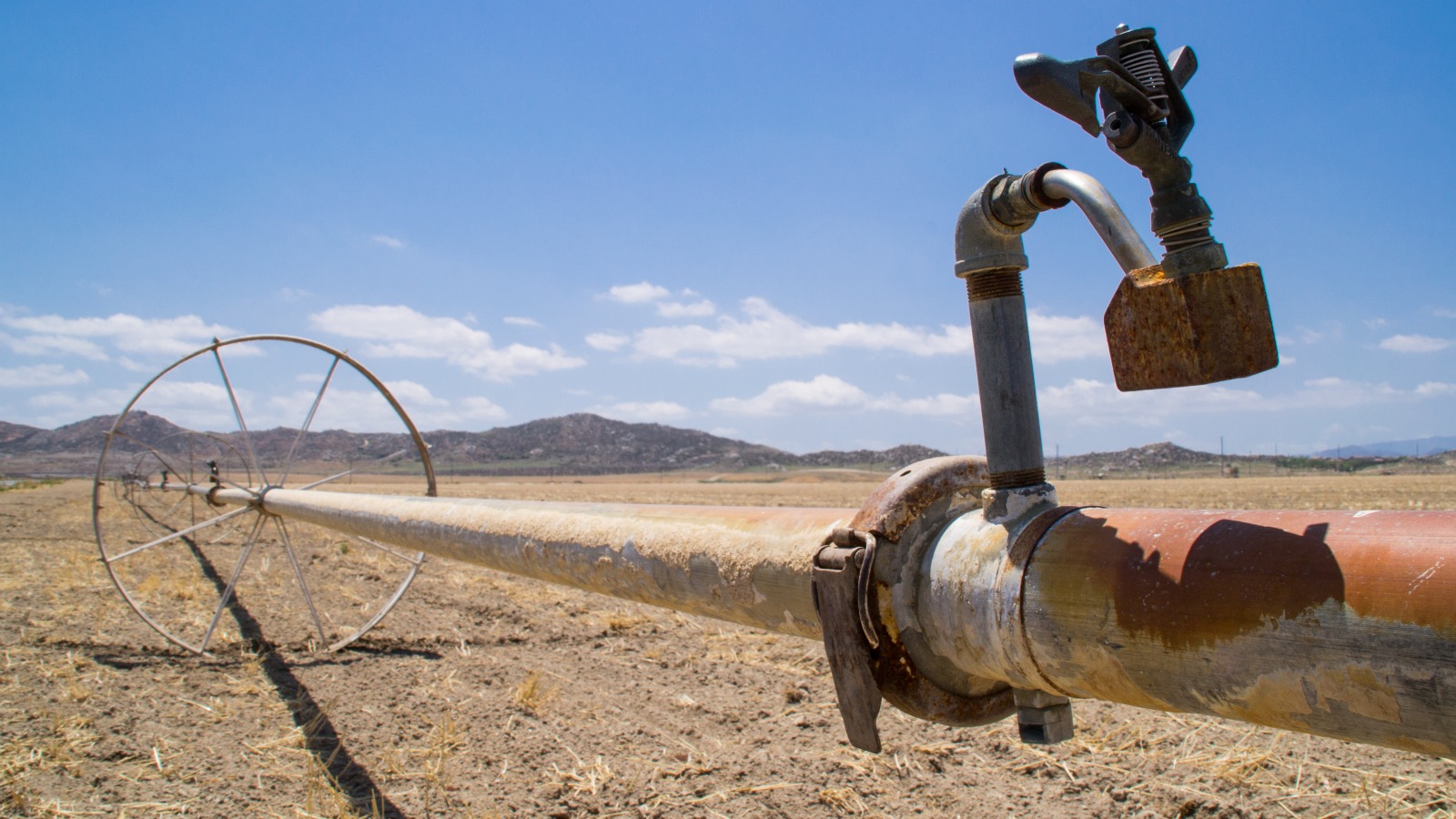California, the producer of nearly half of the nation’s fruits, veggies, and nuts, plus export crops — four-fifths of the world’s almonds, for example — is entering its third driest year on record. Nearly 80 percent of the state is experiencing “extreme” or “exceptional” drought. In addition to affecting agricultural production the drought will cost the state billions of dollars, thousands of jobs, and a whole lot of groundwater, according to a new report prepared for the California Department of Food and Agriculture by scientists at UC-Davis. The authors used current water data, agricultural models, satellite data, and other methods to predict the economic and environmental toll of the drought through 2016.
Here are four key takeaways:
- The drought will cost the state $2.2 billion this year: Of these losses, $810 million will come from lower crop revenues, $203 million will come from livestock and dairy losses, and $454 million will come from the cost of pumping additional groundwater. Up to 17,100 seasonal and part-time jobs will be lost.
- California is experiencing the “greatest absolute reduction in water availability” ever seen: In a normal year, about one-third of California’s irrigation water is drawn from wells that tap into the groundwater supply. The rest is “surface water” from streams, rivers, and reservoirs. This year, the state is losing about one-third of its surface water supply. The hardest hit area is the Central Valley, a normally fertile inland region. Because groundwater isn’t as easily pumped in the Valley as it is on the coasts, and the Colorado River supplies aren’t as accessible as they are in the south, the Valley has lost 410,000 acres to fallowing, an area about 10 times the size of Washington, D.C.
- Farmers are pumping enough groundwater to immerse Rhode Island in 17 feet of it: To make up for the loss of surface water, farmers are pumping 62 percent more groundwater than usual. They are projected to pump 13 million acre-feet this year, enough to put Rhode Island 17 feet under.
- “We’re acting like the super-rich”: California is technically in its third year of drought, and regardless of the effects of El Niño, 2015 is likely to be a dry year too. As the dry years accumulate, it becomes harder and harder to pump water from the ground, adding to the crop and revenue losses. California is the only western state without groundwater regulation or measurement of major groundwater use. If you can drill down to water, it’s all yours. (Journalist McKenzie Funk describes this arcane system in an excerpt from his fascinating recent book, Windfall.) “A well-managed basin is used like a reserve bank account,” said Richard Howitt, a UC-Davis water scientist and co-author of the report. “We’re acting like the super-rich, who have so much money they don’t need to balance their checkbook.”
 This story was produced by Mother Jones as part of the Climate Desk collaboration.
This story was produced by Mother Jones as part of the Climate Desk collaboration.



